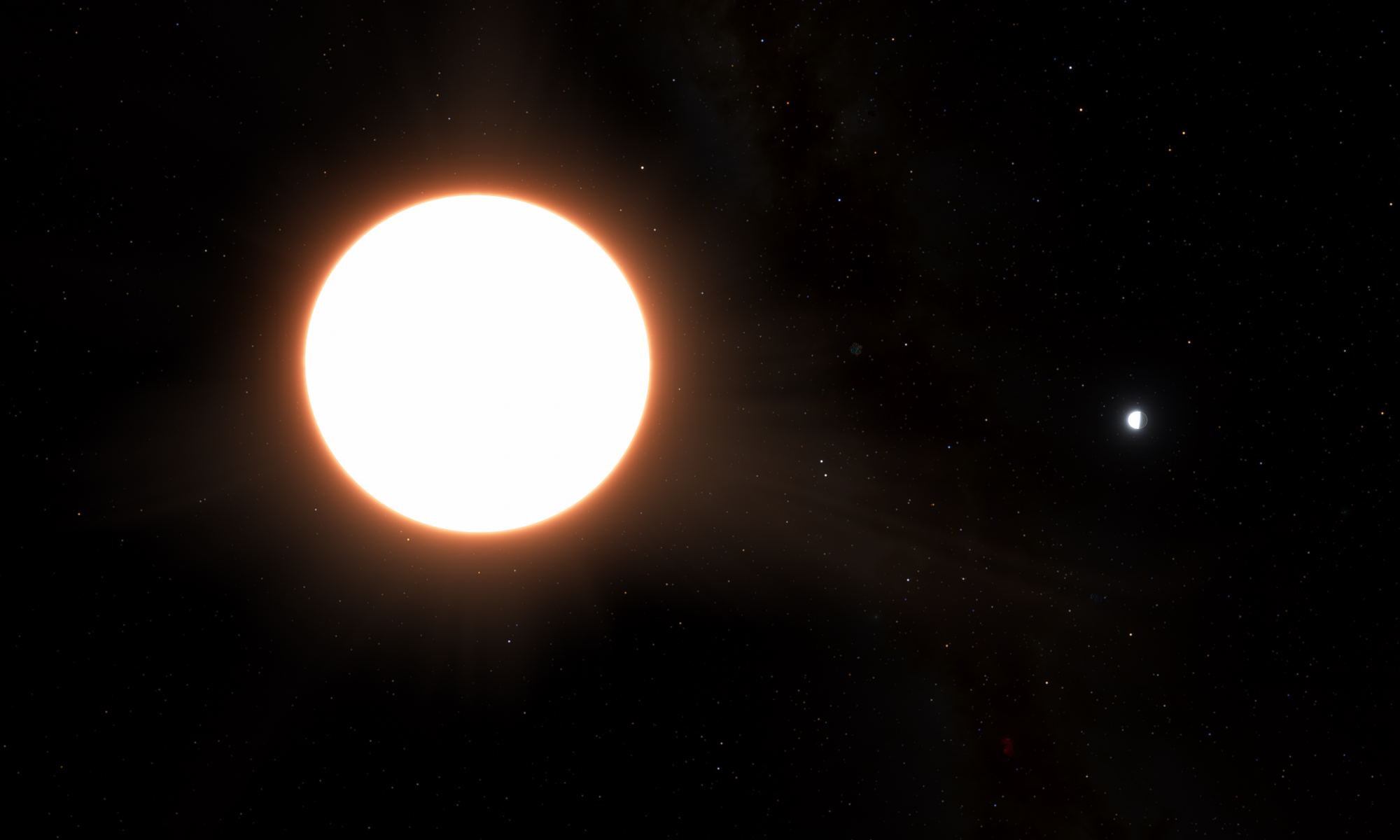NASA’s Kepler spacecraft has discovered most of the confirmed exoplanets that we know of. But its successor, TESS (Transiting Exoplanet Survey Satellite), is catching up. New research announces the validation of eight more TESS candidates, and they’re all Super-Earths.
Continue reading “TESS Finds Eight More Super-Earths”TESS Finds Eight More Super-Earths


